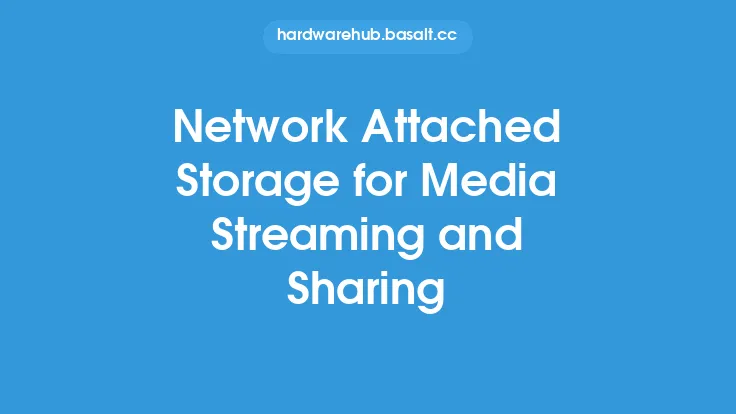Physical security is a critical aspect of storage security, as it involves protecting storage devices from unauthorized physical access, theft, and damage. This is essential to prevent data breaches, ensure business continuity, and maintain the integrity of sensitive information. In this article, we will delve into the various physical security measures that can be implemented to safeguard storage devices.
Introduction to Physical Security Measures
Physical security measures for storage devices are designed to prevent unauthorized individuals from accessing, tampering with, or stealing sensitive data. These measures can be categorized into several layers, including facility security, device security, and media security. Facility security refers to the physical security of the building or data center where the storage devices are housed. Device security involves protecting the storage devices themselves, such as hard drives, solid-state drives, and tape drives. Media security, on the other hand, focuses on protecting the storage media, such as disks, tapes, and flash drives.
Facility Security Measures
Facility security is the first line of defense against physical threats to storage devices. This includes measures such as access control, surveillance, and environmental controls. Access control involves restricting access to authorized personnel only, using methods such as biometric authentication, smart cards, or keycard entry. Surveillance cameras and motion detectors can be used to monitor the facility and detect any suspicious activity. Environmental controls, such as temperature and humidity monitoring, can help prevent damage to storage devices caused by extreme environmental conditions.
Device Security Measures
Device security measures are designed to protect storage devices from unauthorized access, tampering, or theft. These measures can include features such as locks, tamper-evident tape, and secure mounting. Locks can be used to secure storage devices in racks or cabinets, while tamper-evident tape can be used to detect any attempts to access or modify the devices. Secure mounting involves installing storage devices in a way that makes them difficult to remove or access without authorization.
Media Security Measures
Media security measures are designed to protect storage media from unauthorized access, tampering, or theft. These measures can include features such as encryption, secure labeling, and storage in a secure location. Encryption involves scrambling data on the storage media to make it unreadable to unauthorized individuals. Secure labeling involves using labels or markings that make it difficult to identify the contents of the storage media. Storage in a secure location, such as a safe or a locked cabinet, can help prevent unauthorized access to the storage media.
Secure Storage Device Handling
Secure storage device handling is critical to preventing data breaches and ensuring the integrity of sensitive information. This includes measures such as secure transportation, storage, and disposal of storage devices. Secure transportation involves using secure containers or bags to transport storage devices, while storage involves keeping them in a secure location, such as a locked cabinet or safe. Disposal of storage devices involves using secure methods, such as degaussing or physical destruction, to prevent data recovery.
Physical Security Standards and Best Practices
Physical security standards and best practices can help organizations ensure the security and integrity of their storage devices. These standards and best practices can include guidelines for facility security, device security, and media security, as well as secure storage device handling. Organizations can use industry-recognized standards, such as those developed by the National Institute of Standards and Technology (NIST), to guide their physical security measures. Best practices can include regular security audits, employee training, and incident response planning.
Technical Considerations
From a technical perspective, physical security measures for storage devices can involve a range of technologies and techniques. For example, storage devices can be equipped with features such as hardware-based encryption, secure boot mechanisms, and intrusion detection systems. Facility security can involve the use of technologies such as biometric authentication, motion detectors, and surveillance cameras. Media security can involve the use of technologies such as encryption, secure labeling, and storage in a secure location.
Conclusion
In conclusion, physical security measures are a critical aspect of storage security, as they involve protecting storage devices from unauthorized physical access, theft, and damage. By implementing facility security measures, device security measures, and media security measures, organizations can help ensure the security and integrity of their storage devices. Secure storage device handling, physical security standards, and best practices can also help prevent data breaches and ensure business continuity. By understanding the importance of physical security measures and implementing them effectively, organizations can help protect their sensitive data and maintain the trust of their customers and stakeholders.





